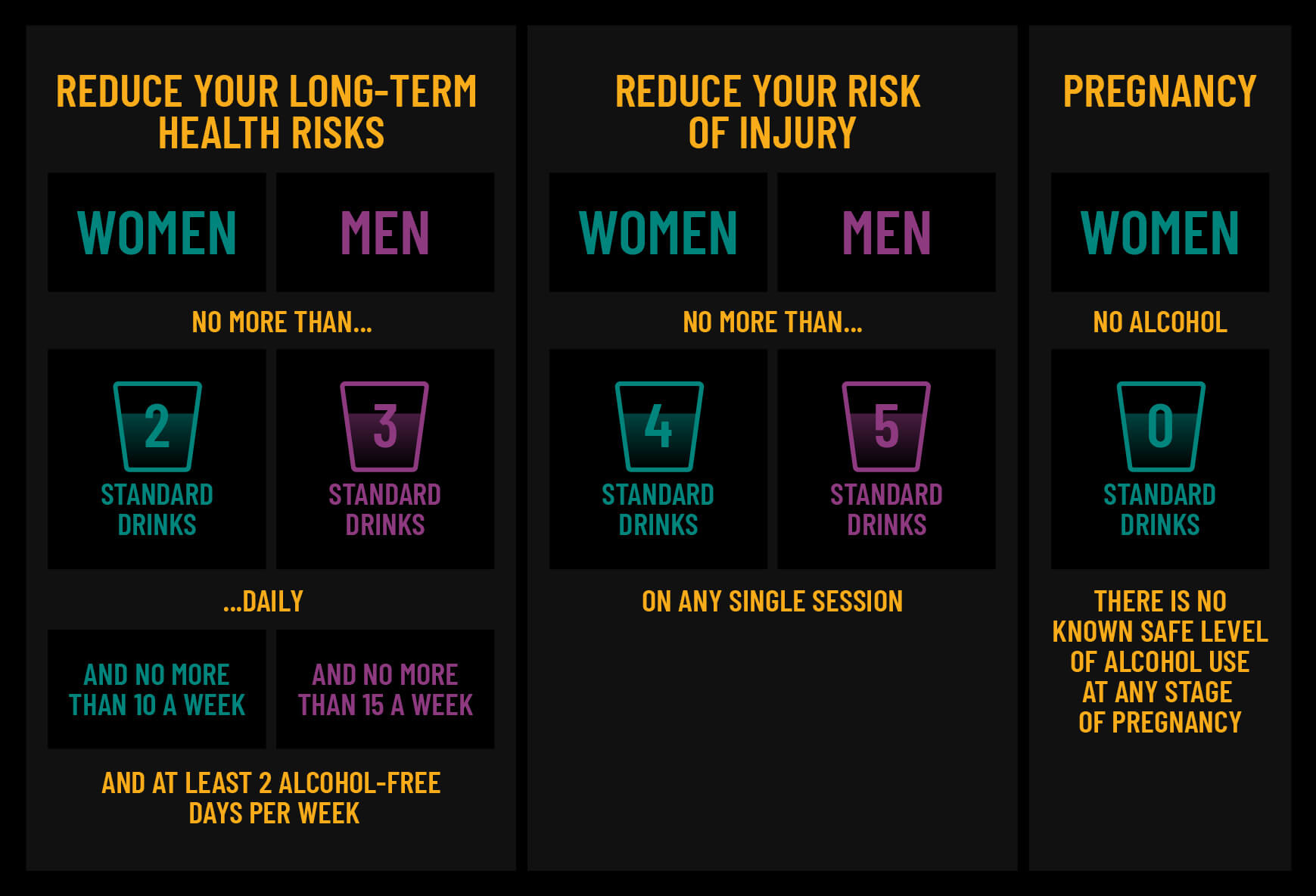It is well known that alcohol consumption can contribute to both negative and positive health outcomes. One of the most topical health risks, especially for women, is breast cancer so we’ve teamed up with some experts to give you some best in class advice, to help you make the decisions that are right for you when it comes to alcohol and your breast health .
Even at low levels, alcohol consumption can impact your breast cancer risk. It is one of several risk factors which include your sex, family history and age along with things like timing of menopause, length of time on the contraceptive pill and whether or not you’ve had children.
The research also shows that as your daily alcohol intake increases so does your risk of breast cancer. At an average of one standard drink per day, alcohol is considered a minor risk factor for breast cancer but naturally the more you drink each day the bigger this risk becomes. In fact, the experts tell us that each additional standard drink per day increases your underlying risk of breast cancer by 10%.
Now that might all sound a bit complicated but there are several tools to help you understand your breast cancer risk, including this one which has been recommended to us: http://www.halls.md/breast/risk.htm.

Pop your details into the questionnaire and it will tell you what your breast cancer risk profile is over your lifetime.
For example, using this tool, let’s look at a 20-year-old low risk woman with a 3% chance of breast cancer:
- If she drinks 1 standard drink per day her risk of getting breast cancer in the next 10 years goes from 3% to 3.3% [i.e. 3% + (10% of 3%) = 3.3%]
- If she has 2 standard drinks per day that risk increases to 3.6% in the next 10 years i.e. [3% + (20% of 3% ) = 3.6%]
- If she has 5 standard drinks per day that risk increases to 2.25% in the next 10 years i.e. [3% + (50% of 3% ) = 4.5%
If we look at a 50-year-old woman with a 7% chance of breast cancer (due to age):
- If she drinks 1 standard drink per day her risk of getting breast cancer goes from 7% to 7.7% [i.e. 7% + (10% of 1.5%) = 7.7%]
- If she has 2 standard drinks per day that risk increases to 8.4% i.e. [7% + (20% of 7% ) = 8.4%]
- If she has 5 standard drinks per day that risk increases to 10.5% i.e. [7% + (50% of 7% ) = 10.5%]
Naturally, if you are part of a high-risk group – i.e. you have a family history of breast cancer and are older, the alcohol associated risk increases.
Breast cancer is no different to most of the negative health impacts associated with drinking alcohol – the more you drink the more your health will be impacted. That’s because your body can only process 10gms of pure alcohol per hour (a.k.a 1 standard drink) and there is no way to speed this process up. That is why the Health Promotion Agency here in NZ (part of the Ministry of Health) have developed the below recommendations for low risk consumption. You can find out more about alcohol & your health here:

The key is remembering that one standard drink is not necessarily a glass or a bottle. As mentioned above, a standard drink, is a drink that contains 10 grams of pure alcohol so here is what this equates to for a few of the most common drink choices:
-
100mls wine = 1 Standard drink
-
255mls of 5% beer or cider = 1 Standard drink
-
30mls spirit = 1 Standard drink
-
180ml 7% RTD = 1 Standard drink
Alcohol consumption is one of several risk factors for breast cancer, but it is important that you make the choices that are right for you when it comes to drinking so always arm yourself with the facts! Knowing that will help you make good decisions now to protect your long-term health.
Health outcomes will always vary depending on the individual and the above information is designed as a general guide only. Please speak to your health care professional if you have any concerns or need advice on your specific circumstances, but we hope this helps to allay some of your immediate fears.